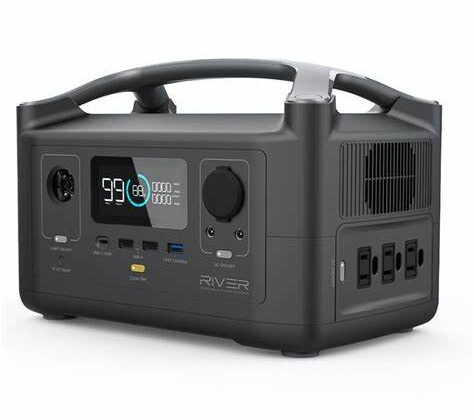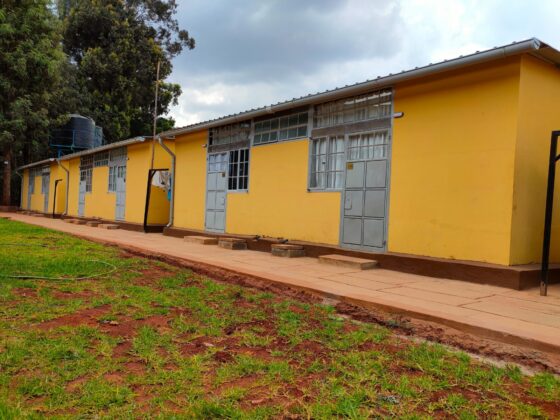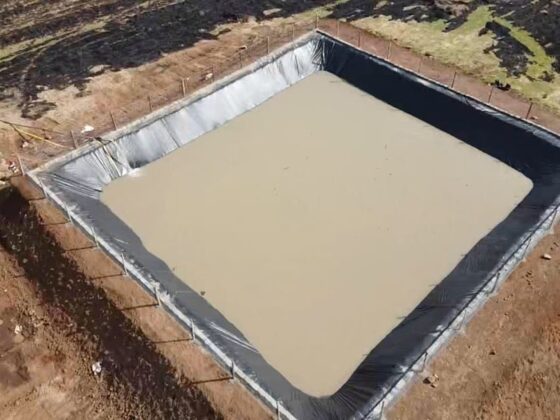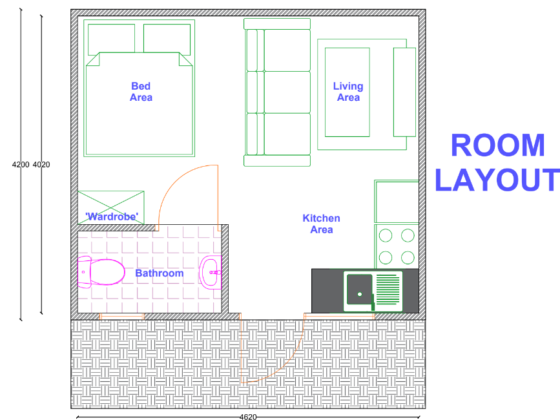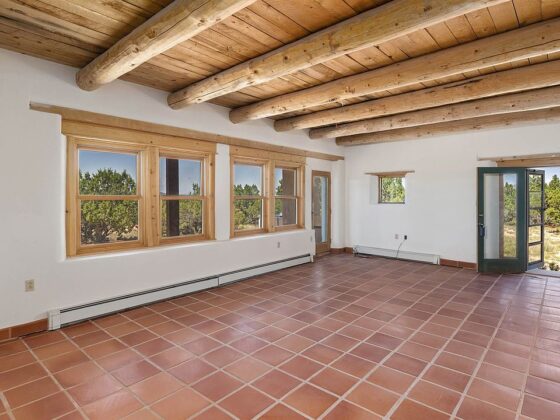Land is one of the most commonly sought out resources in Kenya. Not without good reason since land is a resource that will keep getting scarcer and scarcer as the population grows and therefore its value increases with time. It is a hands off investment that brings with it peace of mind. It is a tangible asset that does not wear out and does not depreciate. Whether you are buying to sell in future, develop your dream or just to increase your assets, land is always a good option to sink your money into.
If you are new to the lands sector in Kenya, there are some terms that you need to be familiar with in order to be able to navigate this article and the land environment at large. They include:
Common terms and what they mean
1. Title deed – This is a document that proves ownership and legal right over a piece of land. It usually has the owner’s name and the plot number allocated to the land, sealed with an official badge. It is the most important document required during the transfer of ownership from one person to another as the name on the document is changed to reflect the new owner after the transaction is done.
2. Lease agreement – A lease agreement is a commercial set up on a property where the owner grants the lessee/tenant exclusive possession of the property for a period of time under agreed terms and conditions. The reason for pointing this out is in order to allow you to be able to differentiate a lease from a sale. Lease agreement documentations can be drafted by an advocate.
3. Sales agreement – This a commercial set up where the owner hands over full rights to the land in question to the buyer. It is done over a sales agreement document. This is an official document and the agreement needs to be signed in front of a witness or an advocate. Copies of these are available online.
4. Land rates – Land rates are levies imposed on all parcels of land and payable to the county governments. Upon full payment of all rates, one is issued with the rates clearance certificate which is conclusive evidence that all rates due and interest accrued have been fully paid. Different counties have different rates.
5. Valuation – Land valuation is the process of analysing a property to determine its market value for the purpose sales, leasing or calculation of taxes payable. In Kenya, land valuation is done by the valuation department in the ministry of physical planning. It is always important to hire a private consultant in order to compare the value rates to avoid getting overcharged for land.
6. Advocate – This is a person who is professionally qualified to plead a case/represent a client in a court of law. It is important to have an advocate to plead your case in case the transactions do not go as planned. Proper formal documentation with witnesses goes a long way in keeping the transaction above board.
7. Land Brokers/Middlemen/Sales people – In Kenya this term is used to refer to people who connect land sellers and their prospective clients at a small fee. They usually have a lot of information on land that’s up for sale, the sizes and the cost. Some are very heavily involved in this business that they buy land themselves, split it into plots and sell each individual plot at a cost, earning good profits. Note that you should only use brokers you trust. Also note that using a land broker does not mean you should skip the land acquisition process as will be outlined in the article as it is common to get conned.
8. Survey maps – These are maps usually collected from the survey of Kenya offices that show the overview of the land and the adjacent plots for good identification and a close up of the land plot of interest drawn to scale that can be used by any local surveyor for reference. They are essential when determining the size of the land.

Common land sizes in Kenya
I will outline the sizes of land typically available in Kenya in commonly used terms and what they mean. Kenya uses both Imperial (feet, acres) and metric(metres, hectares) when talking about land. Imperial is more commonly used since technicians were initially trained in imperial and this culture stuck.
Here are some commonly used terms and what they mean:
1. 50 by 100, (⅛) – This translates to a 50 ft by 100ft plot size. Very common in urban areas. In metres, this is 15 m by 30 m. It is also commonly referred to as an eighth of an acre(⅛). 8 pieces of these should add up to an acre. You should be aware that in housing estates, this could be reduced in order to make access roads.
2. 100 by 100, (¼) – This is double an ⅛ . It is 30m by 30m assuming the land is rectangular in shape.
3. An acre – This is around 208ft by 208ft assuming a square piece of land. The area is around 43, 560 sq.ft. In metres, this is a 63m by 63m square piece of land or a piece of land with an area of 4046 sq.m.
4. Hectare – This is 100m by 100m square piece of land or an equivalent of 10,000 sq.m of land. It is commonly taken that there are 2.5 acres in an Hectare.
Other common conversions are, 0.045 – 0.05 Ha for an eighth(50 by 100), 0.09-0.101 Ha for a quarter(100 by 100), and 0.202 Ha for half an acre.Note that the variation in size especially for the smaller plots of land is due to creation of amenities such as roads.

Steps to take when buying land
Owning land is one of the most secure ways to invest your money and therefore one may find themselves rushing towards a new exciting deal. It is always important to do your due diligence to avoid any complications in future as there are many fraudsters in the land industry. Here are the necessary steps you need to take.
1. Lands registry search and inspection of title
This step is to ensure that the land being sold is actually recorded by the lands registry, belonging to the said owner and in the same exact size as indicated on the title. It also ensures that there is no caution against the said land. For this you will require a copy of the title deed from the seller. You can get the results on this in about 3 days. Never skip this step. It is also here that you need to verify the actual size of the land on the ground using the survey maps and a surveyor when required to avoid further misunderstanding down the road.
2. Price negotiations
Once you are satisfied with the land and have confirmed that the seller is the owner. You can make an offer and start negotiating the price of the land. This process can be fast or slow depending on cash availability, the urgency of the sale and whether or not brokers are involved.
3. Sales Agreement
Once the price and the terms and conditions have been agreed upon, a sales agreement can be drafted. As mentioned above this is a legal document and therefore it is usually drafted by the seller’s representative(advocate), and verified by the buyers’ advocate. It is signed in the presence of the two advocates. After this, a deposit can be paid as per the agreed terms and conditions. Preferably, this is paid through to the representative.
4. Clearance from the land control board
This highly depends on where you are buying the land. In most closely knit communities, there is usually a ‘council of elders’ that protect the affairs of the community and like to be aware of any ongoing transactions to protect the community. While it is not necessary especially in the more urban set up, it is very important to ‘join the community’ in peace. This can be done before the sales agreement if it is highly contentious land.
5. Land rates payment
With the introduction of city councils, there is a standard land rate payment that the seller of the land needs to clear before selling it. One has to check that the land is clear from all land rates owed to the city council.
6. Land transfer documents
Once you have cleared all the above steps you can now apply for land transfer. The seller’s advocate should prepare the documents and these issued to the commissioner of lands in the lands ministry. This process usually takes around 2 weeks and will set you back around 5000 Kshs. When/if approved, the land transfer can then be executed.
7. Land Valuation and payment of stamp duty
A stamp duty payable by the buyer must be determined by a government valuation expert who determines the value of the land in the open market rate at the time of the sale. The valuation is done based on a form filled by the seller and through a side visit made by the government valuation officer. The higher the value of the land, the higher the stamp duty.
8. Land registration, transfer of documents and final payments
Once the stamp duty has been paid and the registration by the ministry is complete, the legal transfer is effectively complete. To finalise the transaction, the seller hands over all the requisite documentation and the buyer pays the remaining money. All of this is done in the presence of their advocates.
Are you looking to build a home in future? Here is how much that could cost you depending on the type of house you want to build.
I hope this read has been useful, Build wisely!




